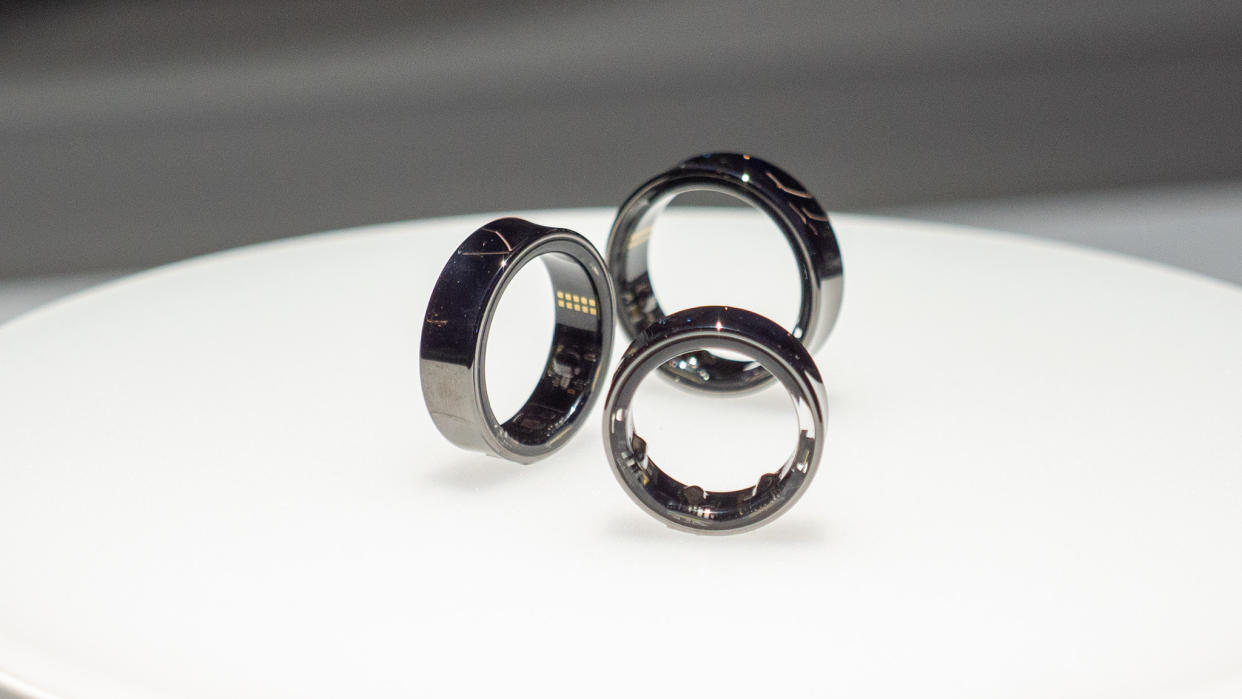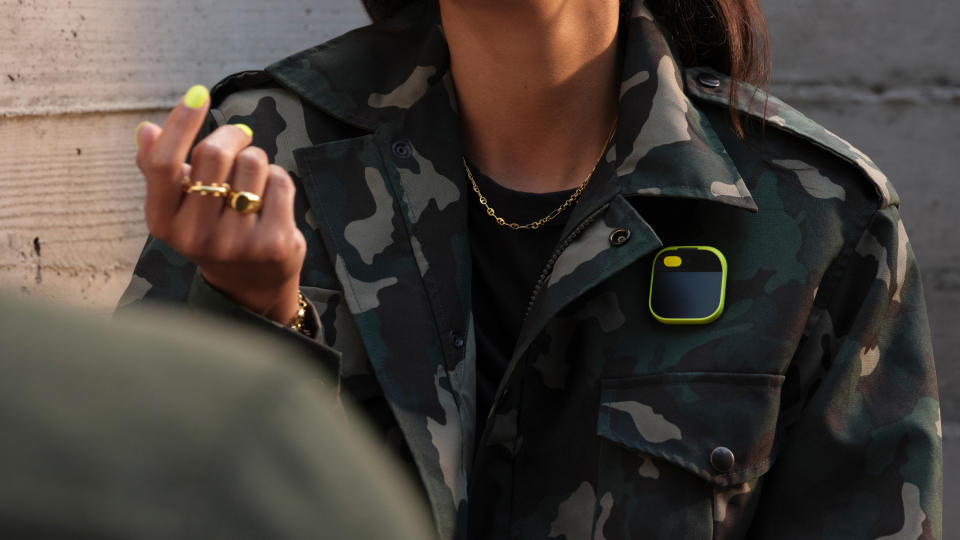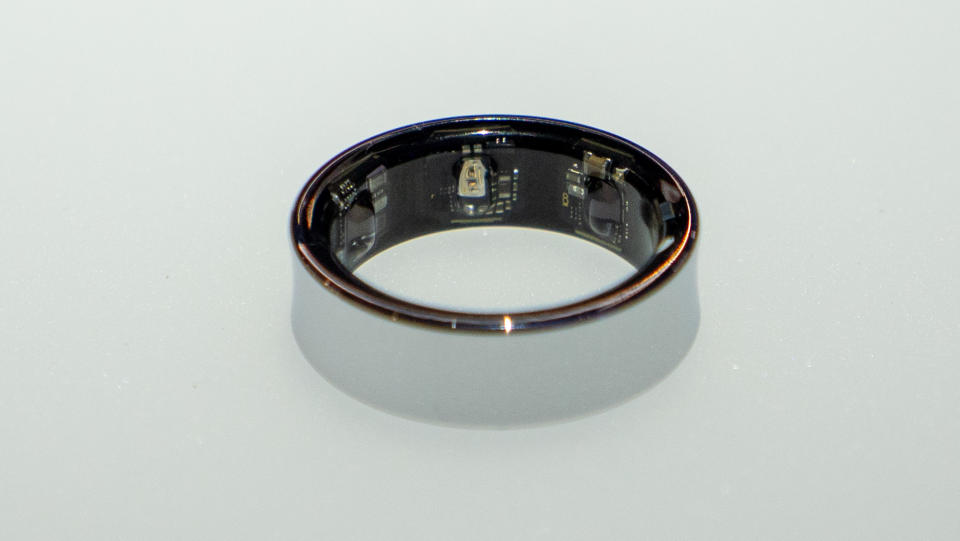We need to stop letting companies double-dip with high upfront costs and required subscriptions

What you need to know
A new report claims Samsung could charge a required subscription fee for its upcoming Galaxy Ring.
The proposed subscription would be in addition to a high upfront cost for the wearable, as it is rumored to cost between $300 and $350.
The combination of high MSRPs and required subscriptions is a trend in tech that needs to be stopped.
Samsung has been teasing its Galaxy Ring for some time now, but we're starting to learn more about the upcoming wearable's pricing model. According to leaker Yogesh Brar and Android Authority , the Galaxy Ring could come with both a high initial cost and a perpetual subscription fee. Brar doesn't offer any concrete details, but says the possible subscription would cost "under $10" for U.S. users.
It seems unlikely that Samsung would require a subscription for use of the Galaxy Ring, because there's no precedent of the company doing so in the past. However, if Samsung did tie a monthly subscription to the upcoming wearable, it would continue a dangerous trend.
Companies want a slice of the cake and eat it, too; they’re trying to charge high upfront costs to buy hardware while requiring users to pay perpetual fees on top of that.
Eventually, we, as consumers, need to say that enough is enough. Using a subscription-model is fine, using an ad-supported model is alright too, and charging a high upfront cost is another option. Any combination of those three models, however, is downright unacceptable.
Subscriptions are okay, and Whoop proves it

It's easy to hate subscriptions, especially as more and more products and services we use daily move to a subscription model. They really aren't that bad on their own, though, especially if users know what they're getting into before they sign up. A great example of a good subscription offering comes from Whoop, the health and fitness company that makes the Whoop 4.0 band.
Unlike what Samsung could be considering for the Galaxy Ring, Whoop doesn't make you pay anything for the Whoop 4.0 band. The entire experience is centered around a subscription. As long as you're subscribed, you'll be able to use a Whoop 4.0 band for free. It's an entirely different situation than it would be if Whoop made you pay for the band and the service.
The other thing Whoop has going for it is a competitive pricing model and a unique feature set. The company is in the business of advanced fitness and health insights, especially those related to recovery. Using artificial intelligence, Whoop has managed to provide personalized insights and continues to add features over time. A subscription costs $30 per month, $239 for the year, and and $399 for two years. Considering an Apple Watch Series 9 costs $399 flat, the Whoop subscription isn't that bad of a value, and the band is included.
Optional subscriptions are fine, too

Alternatively, having an optional subscription that unlocks advanced features is tolerable as well. Fitbit does this with its Fitbit Premium subscription. Just by buying a Fitbit wearable, you'll get access to all the essential features it is marketed as having. Things like heart rate, basic health metrics, blood glucose monitoring, skin temperature scores, and more are all included with your Fitbit device. The Fitbit Premium subscription adds advanced features like guided workouts, more comprehensive data, and wellness reports.
The key here is that the subscription isn't necessary to use a Fitbit wearable, and you can get tons of value out of a Fitbit tracker without spending a dime on subscriptions. It's fine for companies to give users a way to gain access to advanced features through an optional subscription plan. However, when a subscription is tied to a product's core functionality, and that product comes with a high standalone MSRP, it becomes unacceptable.
High upfront costs and required subscriptions are never okay

If the Galaxy Ring comes with a retail price of around $300 and a required monthly subscription, it would continue a dangerous trend that the Humane AI Pin brought into the forefront earlier this year. To use the AI Pin, you need to pay a whopping $699 just to buy the hardware and a $24 per month subscription every month thereafter. The second you stop paying for the AI Pin's subscription, the $699 device becomes a paperweight.

Samsung can do one of three things with regard to the Galaxy Ring's pricing model. It can charge an upfront cost to buy the Galaxy Ring with all features included, it can offer an optional subscription on top of the upfront cost, or it can use a subscription model entirely. However, the rumored plan to charge as much as $350 for a Galaxy Ring that you can't even use without a monthly subscription is outrageous. If Samsung goes that route, no one should buy it.

